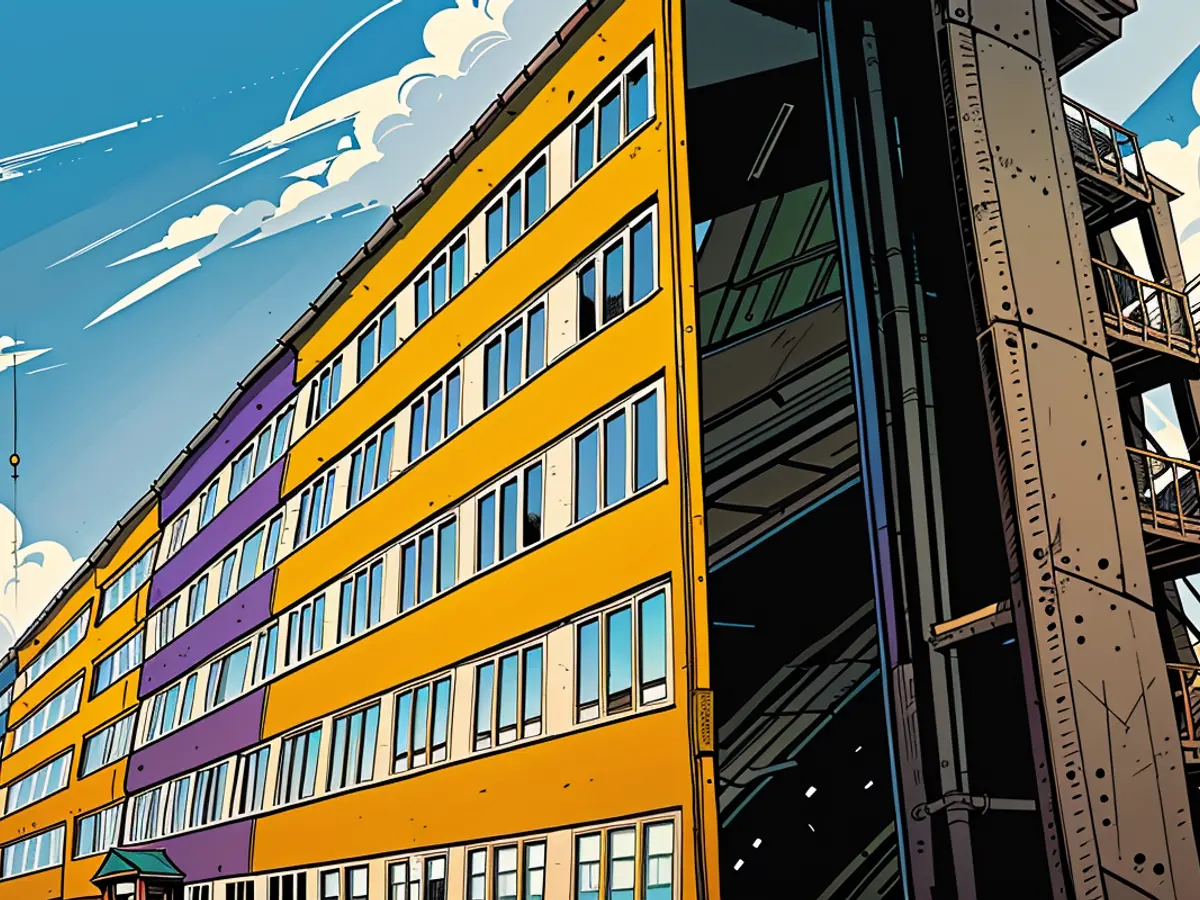- At the moment, around 400 asylum applicants are undergoing their initial processing in Stendal.
Within the past three months following the institution's commencement in Stendal, around 400 refugees are presently housed there. Up until August 16th, this number included 129 females, 70 males, and 203 children and adolescents, as per the Interior Ministry's disclosure in Magdeburg upon request. The 70 men are housed in shared quarters. The new facility in Stendal was inaugurated in early May. Presently, no more than 500 to 600 occupancies are available. The full capacity is projected for the tail end of 2025, accommodating around 1,000 residents.
The refugees living in Stendal hail primarily from Syria (approximately one-third), Afghanistan (20%), and Turkey (11%). Frequently mentioned origins also include Iraq (9%) and Cameroon (4%).
Children and adolescents are provided with both care and educational amenities. The Stendal facility primarily caters to vulnerable individuals. Additionally, accommodations are provided for refugees without specific lodging requirements, such as couples and families with grown children. Barrier-free accessibility has been especially emphasized in the planning process. Losing no sight of their needs, trained personnel are on hand for both social and medical care. A basic medical kit and a fundamental psychological aid are also provided. Minors have access to daycare facilities. The "Lernwerkstatt" project, an educational and learning initiative by the Caritas association for the Magdeburg diocese e.V., stands ready to offer courses and guidance for children and youth in the initial reception center in Stendal.
The Stendal center serves as an extension to the preliminary reception in Halberstadt and a minor facility in Magdeburg. According to the Interior Ministry, 1,454 people were housed in Halberstadt and its subsidiaries, while 183 individuals were accommodated in Magdeburg as of August 16th.
By August 12th, roughly 3,000 refugees had been accepted in Saxony-Anhalt this year. Comparatively, 7,754 refugees were received in its entirety during the preceding year, as per the Interior Ministry's records.
The increase in refugee arrivals in Saxony-Anhalt has led to discussions about potential migration policies. The new facilities in Stendal and other cities are intended to accommodate the rising number of asylum seekers.
The "Lernwerkstatt" project aims to support the children and adolescents in the initial reception center in Stendal, helping them adapt to their new environment and providing them with educational opportunities.








